Hello guys! I hope I find you well. Welcome to Part B of the article. Those who are wondering what I am talking about please read part A of the article. Today we will talk about the supporting activities of the value chain. Do not let the word ‘supporting’ fool you as these activities are just as important as the primary activities. Not keeping tabs on these activities by conducting Value Chain Analysis will make you as vulnerable as the Indians were to Christopher Columbus. Without further delay let me get right into it.
Support Activities: These activities support the primary activities.
Infrastructure: The organisational structure, control systems, company culture, management, planning, finance etc.
I am going to speak about one of the aspects mentioned above which are control systems. Growing up I used to drink Mazoe Orange Crush a lot. I am sure that at some point it was Zimbabwe’s number one cool drink. Maybe it still is. I can safely say that its market share has been eaten into and I can lay the blame at the feet of Schweppes’ control systems. Have you noticed that sometimes Mazoe is sweet and sometimes it tastes like lemons? Sometimes it leaves an irritating deposit on your throat and sometimes it doesn’t. Mazoe is very unpredictable in a bad way. Are they conducting Value Chain Analysis? I do not know but if there was someone analysing that part of the value chain I am sure that this issue would have been attended to and the result would be a consistent level of quality which is critical for customer retention. Anyway I am now into Squish Squash and luckily for Schweppes their Mazoe Raspberry. At any rate they are losing value to other brands which is a consequence of not conducting Value Chain Analysis. In this case they would have invested more in their quality control systems.
Human Resource Management: This looks at employee hiring, training, development etc.
I once drove by a bus that had air stewards from Emirates. They looked like pancakes, so alike and (the ladies) were pleasant to look at. This made sense when Qatar Airways held interviews in Harare. You were supposed to submit a CV with your photo, you had to be of a certain height and you had to speak in a certain way among other traits. This is a sign that Value Chain Analysis is being conducted as Qatar knows the types of stewards that its customers like to see on board a plane in line with how they brand themselves. I am sure a good portion of their male customers get on board just to gaze at the ladies. I know that’s what I would do. At FlyAfrica though it seems like anything goes. They have tall girls, short girls, plump, slim, every type of girl basically. One of the guys actually looked like he was supposed to be a security guard, I’m serious! The one thing that stood out for me is that they were all wearing black jeans of different brands and shades, wow! It meant that they were not being given a complete uniform. Who is analysing the human resource department to ensure that they are getting these issues right? Who is monitoring the monitor? It is clear that their method of recruitment and management needs to be looked at. Do you think that Value Chain Analysis is being conducted in order to determine whether the human resources department is adding or subtracting value to Fly Africa? In this case it is doing quite a lot of subtracting in my opinion.
Technology Development: This is the development or acquisition of technologies that support the value-creating activities
I was talking of an unpredictable product earlier on i.e. Mazoe. Now let me talk of something that is predictable. Mugg and Bean coffee. Those sweet aromas, the restaurant, the design and wow I could go on and on. The coffee tastes the same every time and it’s a beautiful thing. Me being me I conducted an investigation and found out that (don’t quote me) they use Nespresso and Caffeluxe machines to make their coffee. These machines are computerised and the result is that the coffee is blended in the exact (almost) same way all of the time. This creates value as predictable quality is good for customer retention. People then visit more frequently which increases the average revenue per user. Those people then bring their friends by word of mouth referrals and it costs Mugg and Bean less in terms of marketing to get new customers and the story goes on. The machines themselves substitute human labour cutting on operational costs thus creating more value. Mechanisation and standardisation are all symptoms of Value Chain Analysis being conducted. I surely hope that this is the case because that coffee is so good 🙂
Procurement: Purchasing inputs such as supplies, materials and equipment.
It is funny how small things that often go unnoticed can increase or decrease the value of your firm. I will give one such example here. This example will also show why it is important to conduct Value Chain Analysis across the board all the time, thoroughly. As I told you last week I am into multi-level marketing. I sell fuel treatment which I think shall be the next big thing in Zimbabwe as everyone uses fuel. So I went with my product to this other big firm, I wanted them to test my product. They instructed me to consult with the supplier of their trucks in order for me to gain approval for the tests, you know, warranty issues. The supplier was Duly Trucks, they deal in those UD trucks that you see on the road. I approached them and gave them all the documentation that they needed. I tried to make a follow up afterwards and they did not pick my calls, did not return my calls and did not respond to my SMSs. What worried me was that if they operated in such a way towards someone who had been sent to them by one of their clients what other loopholes are there in terms of their operation. Someone at Duly Truck’s ‘client’ is definitely not monitoring that part of the value chain to see if the supplier is acting in their best interests and these are the symptoms. In this case the client firm is losing out on massive cost savings all because the supplier is not on point.
As you can see not actively analysing the value chain will result in numerous revenue leakages as a result of inefficiencies and lost opportunities. People look at their balance sheets and wonder why the figures are not where they should be, this is one of the major reasons. Analyse your value chain on a consistent basis and things will change. If you find it difficult to do then call in an expert, it will be worth every cent. The story should not end here though. Value Chain Analysis is a good way to identify your firm’s core competencies which give you a competitive advantage over your competition. How do you use it to do so? I can tell you about it. Do I hear someone saying “Give us a Part C please?” If you want me to go into that let me know in the comments section. I will need at least 10 votes for this one or it’s on to the next topic 🙂
Thanks
Ruvimbo

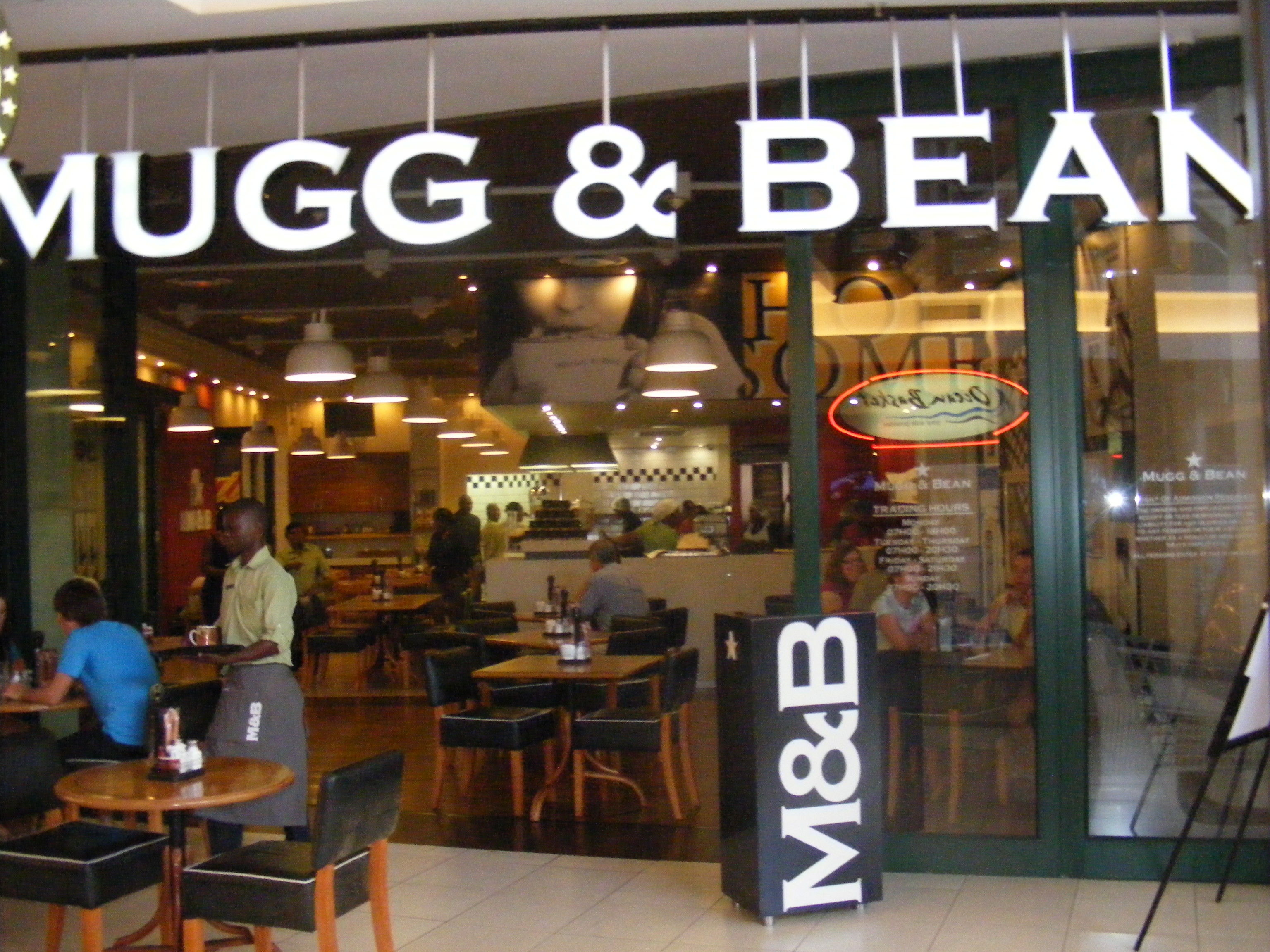

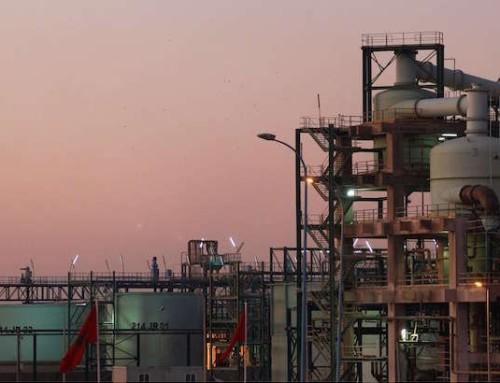
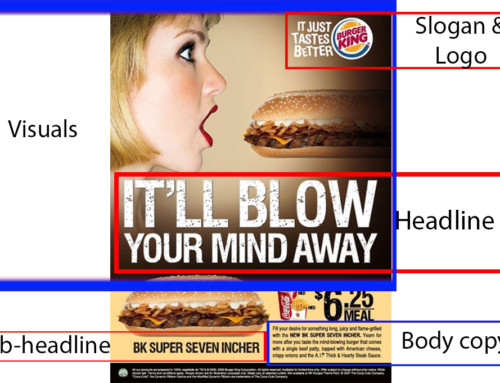
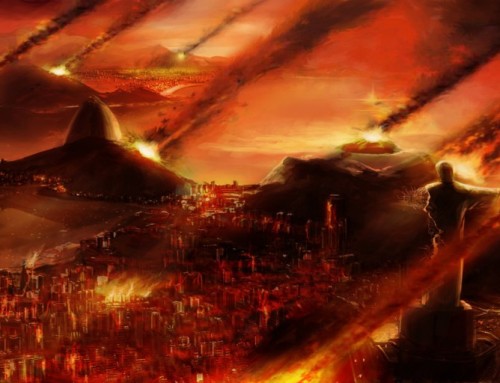

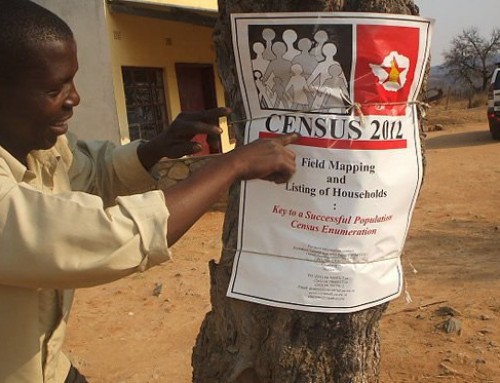
Thanks again. Part B has been even more insightful. As mentioned, I am working on a study looking at “productivity” along the value chain. As you allude, there are a lot of variables along the value chain (marketing, human resources, IT etc). I am trying to come up with indicators for each, so that anybody can use the indicators to determine whether that particular variable is being productive in a way that keeps the entire chain going…As they say…”You are only as strong as your weakest link”!!!Maybe I have given you an idea for Part C 🙂
You are welcome. How many variables are you looking at exactly? Which is your weakest link so far? Are you also analysing the corporate culture or analysing the viewpoints and beliefs of the people who control the whole value chain e.g. the Chief Executive Officer? As you know the person at the top (or those on top of him) affect how things go in a firm. You might actually discover that their ideologies might be adding to or subtracting value in the chain. They might also be the people who will determine that nothing comes out of the efforts of anyone who is trying to increase value in the value chain.
Its a well laid out analysis, good insights and examples. I feel strongly that Mazoe has a consistent quality taste, its probably they way you dilute it that gives a difference. Your analogy is great! Lets get to part C
Thank you very much. OK I have noted that I will buy another bottle and try it again. Part C is coming up soon.